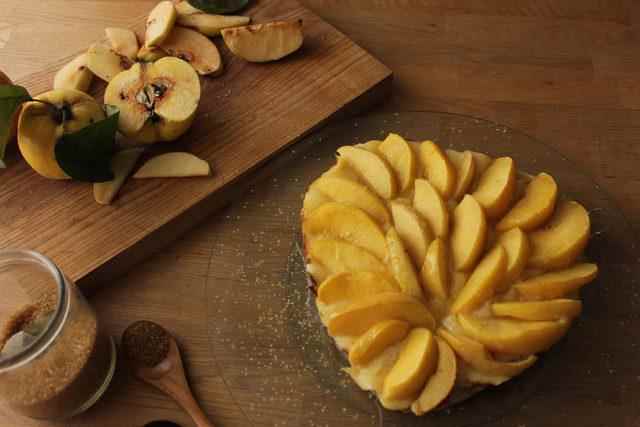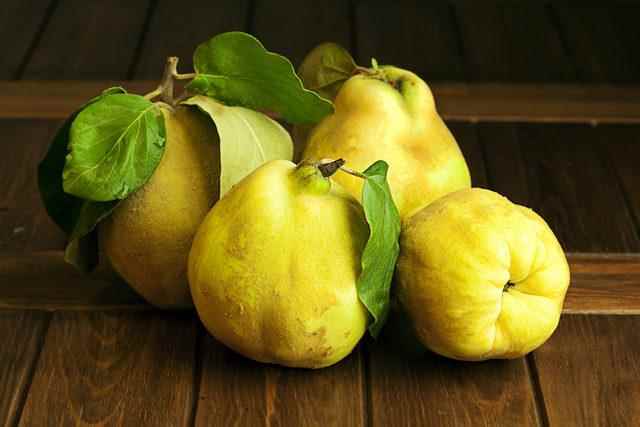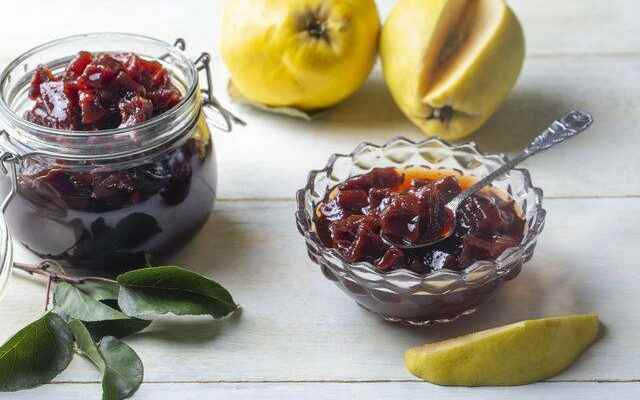It lowers blood pressure, heals compote mouth sores, is good for pulmonary tuberculosis. Its water is recommended to facilitate childbirth, relieves fatigue and exhaustion. It prevents excessive menstrual bleeding, cuts intestinal bleeding and is very useful against dysentery. If the seed is boiled and drunk, it is good for urinary tract infections, increases appetite, heals kidney and urinary bladder inflammations.
THE MIRACLE OF THE quince
Quince, which can be consumed both fresh and sweetened, has numerous health benefits. Quince, which is a winter fruit, provides twice as much benefit when cooked with butter. Especially in cold winter days, fruits, which are rich in vitamins and minerals, come to the fore in order to protect against diseases and strengthen immunity. Quince, which is in the Rosaceae family, is among these fruits. Pectin, tannin, sugar, organic acid, vitamins A and C, and mineral salts are found in the quince fruit that decorates greengrocers and stalls in winter.
This fruit, which is rich in both minerals and vitamins, is good for many health problems, especially the digestive and immune system. This fruit, which can be consumed both fresh and as a dessert, is frequently consumed by people who are in the process of losing weight with a long-term feeling of satiety.

In addition, it is known that quince is very beneficial for heart, lung, throat, stomach, kidney, eye, intestine, mouth disorders and menstrual bleeding. Cooking quince in butter and eating it is good for many problems. Here are the benefits of cooking quince in butter and eating it…
BENEFITS OF QUAW
Eliminates bad breath. It cuts fever and diarrhea. It relieves indigestion. It strengthens the stomach and intestines.
It relieves inflammation of the small intestine. It helps the body to develop. It is good for atherosclerosis and liver laziness. It lowers the tension.

It regulates the bile. It relieves fatigue and exhaustion. When the quince flower paste is made with honey and eaten, it relieves the headache. When quince flower is boiled and drunk, it stops heart palpitations, strengthens the heart and increases breast milk.
Jam made from quince is good for digestive system ailments and strengthens sexual desire. The tea of quince leaves is good for heart aches and has a calming feature. If quince leaves are boiled and drunk, it stops diarrhea.
If the quince leaf is boiled, gargled with its juice and made with cooked leaves and put into the throat, it relieves sore throat and swelling.
Syrup and compotes obtained from quince are very effective against children’s diarrhea. Quince compote heals mouth sores, is good for pulmonary tuberculosis and prevents saliva from the mouth while sleeping at night.
To prevent nosebleeds, quince juice should be drawn into the nose. Quince juice prevents excessive menstrual bleeding, cuts intestinal bleeding and is very useful against dysentery.
HOW IS quince consumed?
Quince juice and quince seeds should be boiled and drunk to facilitate childbirth. If quince peel or quince seed is boiled and drunk, it is good for urinary tract infections. Quince juice stimulates appetite, heals kidney and urinary bladder inflammations.
Quince cooked in butter; It is good for respiratory tract problems, persistent cough, bronchitis and tuberculosis disease. Cooked quince is good for stomach weakness.
Quince seeds are removed and sliced. Butter is put in a pan and quinces are added to the melted butter and mixed. It is fried on both sides until soft. Molasses is added to the fried quinces and cooked on low heat for 5 minutes and served hot with cream.
